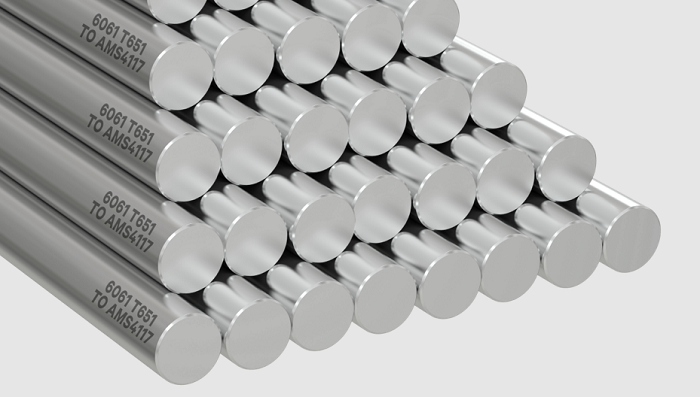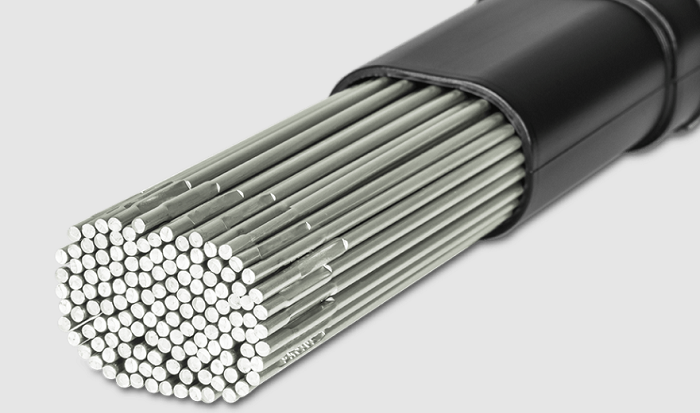When it comes to welding aluminum, choosing the right type of aluminum is crucial for success. Not all aluminum alloys are created equal when it comes to weldability and strength. This article will explore the most popular options for aluminum welding and provide tips on selecting the best aluminum for your project.
Aluminum Alloys for Welding
Here are some of the most common aluminum alloys used for welding:
| Alloy | Characteristics |
|---|---|
| 1100 | Pure aluminum, excellent conductivity, not weldable |
| 3003 | Good corrosion resistance, machinability, weldability |
| 5052 | Good corrosion resistance, average weldability |
| 6061 | Great corrosion resistance, good weldability, medium strength |
| 7075 | Highest strength, poor weldability |
Tips for Selecting Aluminum
When selecting aluminum for a welding project, keep these tips in mind:
- Choose an alloy like 5052, 6061 or 4043 if weldability is critical.
- Consider 6061 or 4043 for medium to high strength needs.
- Use 5052 for projects requiring great corrosion resistance.
- Avoid alloys like 7075 if welding is required.
- Ensure the alloy chosen matches the base metal being welded.
- Research the alloy thoroughly to understand its welding behaviors.
Best Aluminum for Welding
Based on its stellar weldability and well-rounded characteristics, 6061 is likely the best choice for most aluminum welding projects. 4043 is also excellent when a filler alloy with great flow and wetting abilities is needed.
For critical welding work, these alloys will provide the right combination of strength, corrosion resistance, and ease of welding.
Recommended Aluminum Products for Welding
Here are some top aluminum products on the market that are ideal choices for welding:
| Product | Details |
|---|---|
| 6061 Aluminum Sheet/Plate | Medium strength, great corrosion resistance, excellent weldability. Available in various sizes. |
| Alcoa 6061-T6 Aluminum | Aircraft grade 6061 aluminum, T6 temper for added strength. Stocked in sheet, plate, bar and rod forms. |
| 5052 Aluminum Sheet/Plate | Excellent corrosion resistance, moderate strength, good weldability. Offered in range of sizes. |
| 4043 Aluminum Welding Wire | Popular filler alloy, excellent flow characteristics. Available in multiple diameters and spool sizes. |
| 3003 Aluminum Sheet | Good formability and corrosion resistance, great for parts requiring bending or shaping. |
These aluminum products offer versatile options for both hobbyists and professionals welding aluminum. Whether you need plate, sheet, rod or wire form, there are reliable aluminum choices available.
Key Features of Recommended Aluminum for Welding
When selecting aluminum materials for welding projects, there are a few key features to look for:
| Feature | Description |
|---|---|
| Weldability | How easily the alloy can be welded. Important for joint quality. |
| Corrosion Resistance | Resists corrosion, important for many applications. |
| Strength | How much weight/force the alloy can withstand before deforming. |
| Formability | How easily the alloy can be machined, bent, shaped, etc. |
| Fatigue Strength | Resistance to cracking from repetitive loads. |
The recommended alloys like 6061, 5052 and 4043 check many of the key boxes when it comes to features that are important for welding.
Pros and Cons of Recommended Aluminum
Let’s examine the advantages and disadvantages of some top options:
6061 Aluminum

Pros:
- Excellent corrosion resistance
- Great weldability and good strength
- Readily available in many forms
- Less likely to crack during welding
Cons:
- Lower strength than some alloys
- Not as easily machined as other alloys
5052 Aluminum

Pros:
- Outstanding corrosion resistance
- Good weldability
- Very workable – easy to machine and form
Cons:
- Lower strength
- Susceptible to work hardening
4043 Aluminum

Pros:
- Excellent flow characteristics for welding
- Creates quality welds in all positions
- Good corrosion resistance in welds
Cons:
- Not typically used for base material
- Lower strength than some alloys
Frequently Asked Questions
What is the easiest aluminum to weld?
6061 and 4043 aluminum alloys are typically the easiest to weld. They produce high quality welds and are resistant to cracking. 5052 is also reasonably easy to weld.
Can you weld aluminum with a stick welder?
Yes, stick welding aluminum is possible but requires special filler rods designed for aluminum like 4043. Proper welding techniques are also important to prevent cracking.
Is gas welding aluminum OK?
Gas welding with oxyacetylene is not recommended for aluminum. The high heat tends to weaken the base material. Stick welding or MIG/TIG are better options.
What amperage should I use to weld aluminum?
For thin aluminum, around 30-50 amps is a good starting point. Thicker aluminum may require 70-110 amps. Proper amperage will depend on material thickness and joint type.
Can I weld aluminum to steel?
Welding aluminum to steel is not recommended because of the differences in their thermal expansion rates which can lead to cracking of the welds over time.
Conclusion
Choosing the right aluminum alloy is crucial for welding success. Consider weldability, corrosion resistance, strength and workability when selecting an alloy. 6061 offers a great balance while 5052 provides excellent corrosion resistance. 4043 is a top choice filler alloy for aluminum welding. Matching the filler metal properly with the base alloy is important. With the right aluminum products and intelligent alloy choice, you can achieve beautiful, lasting aluminum welds.
Leave a Reply